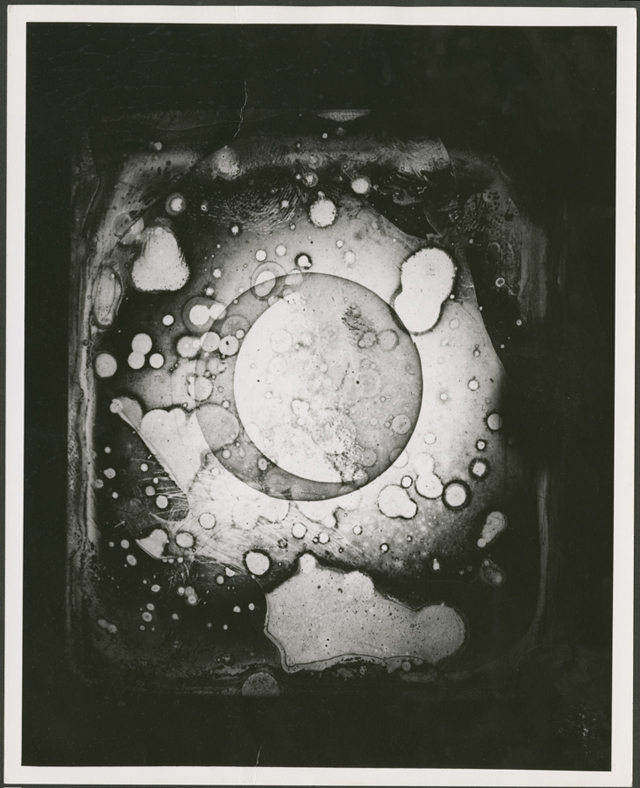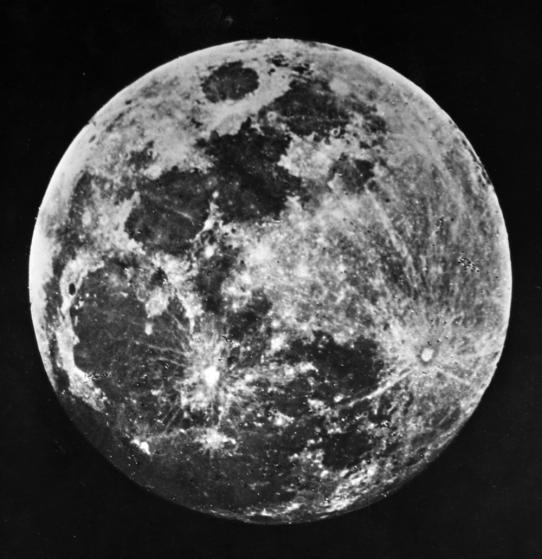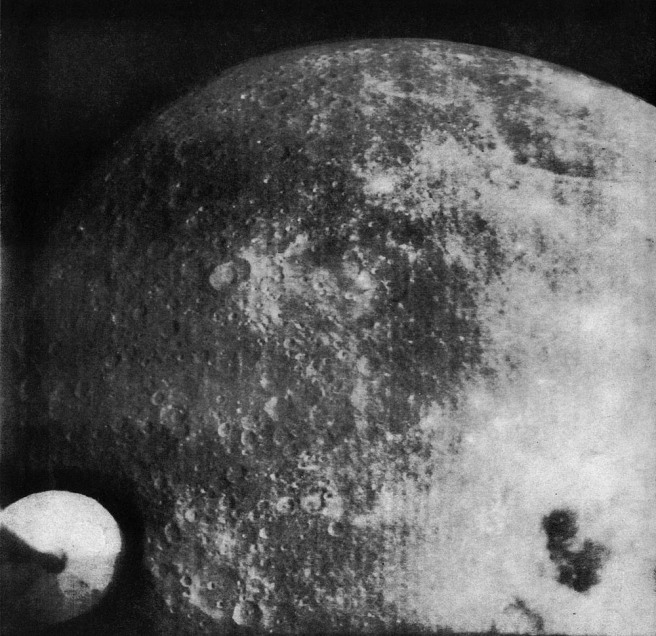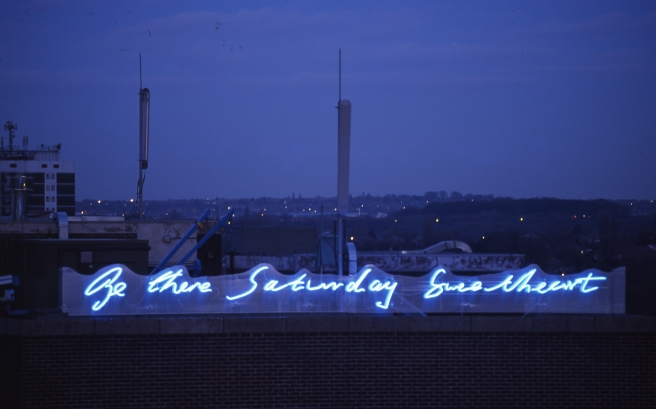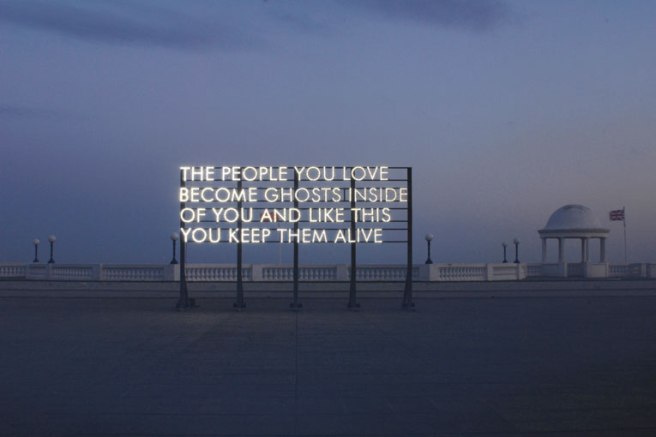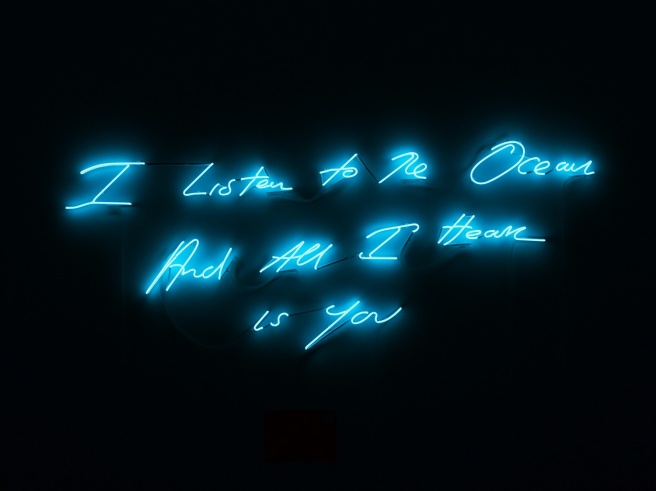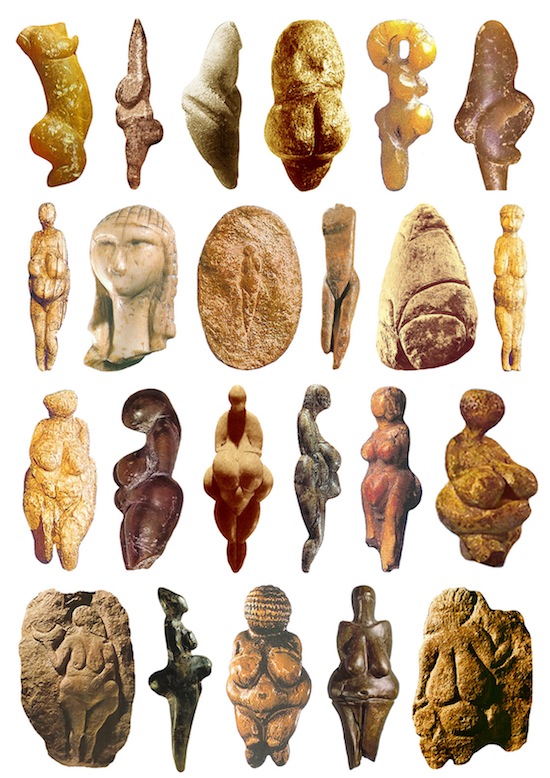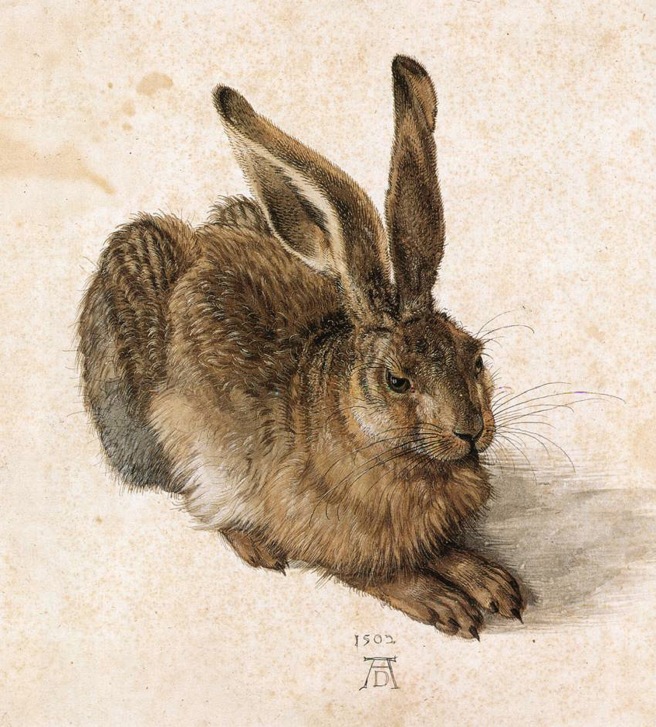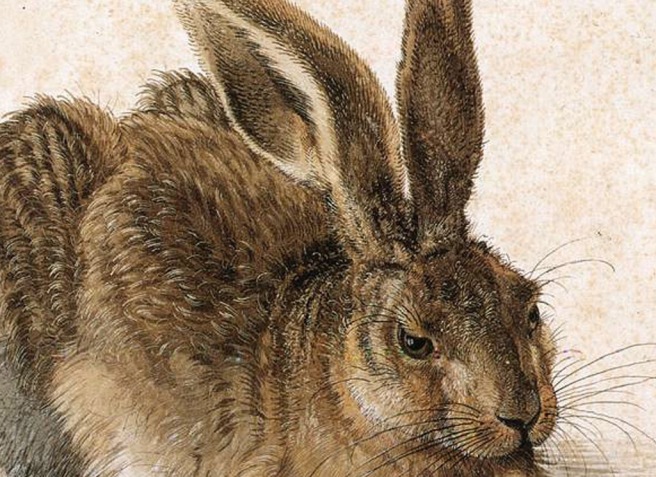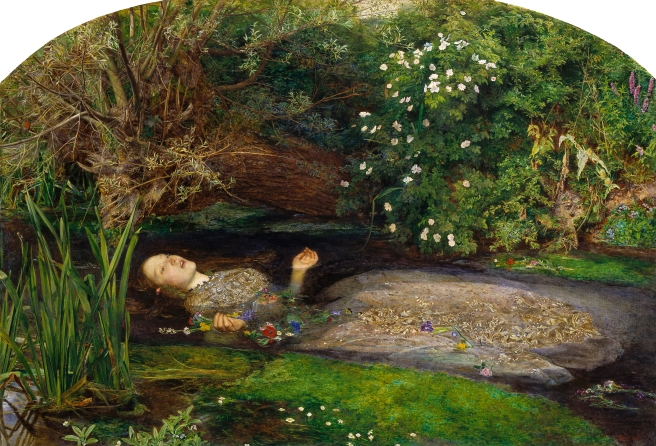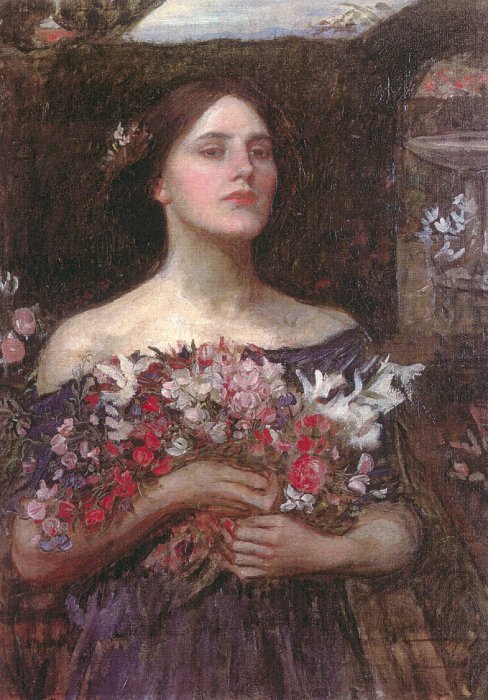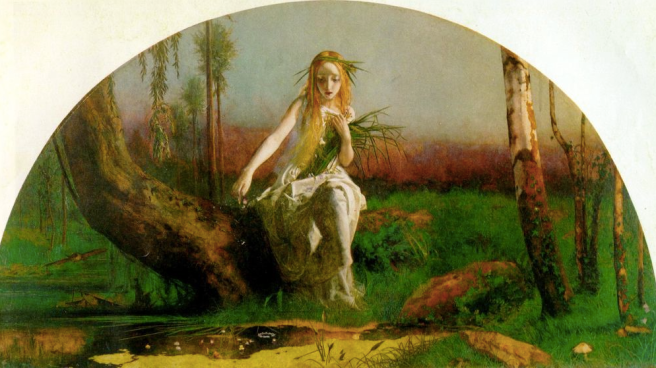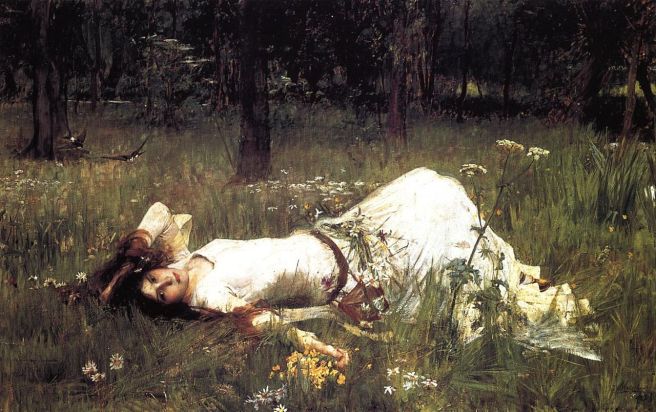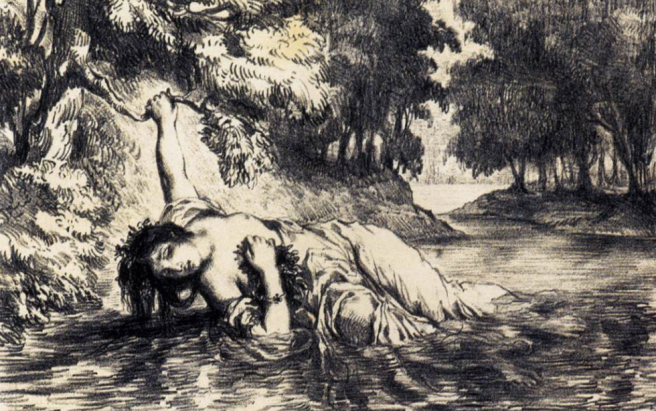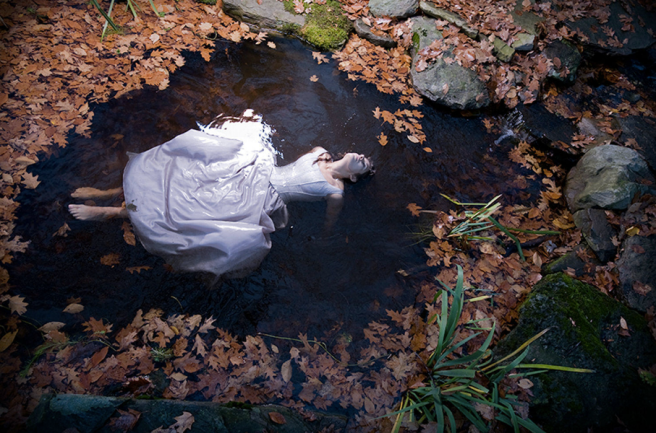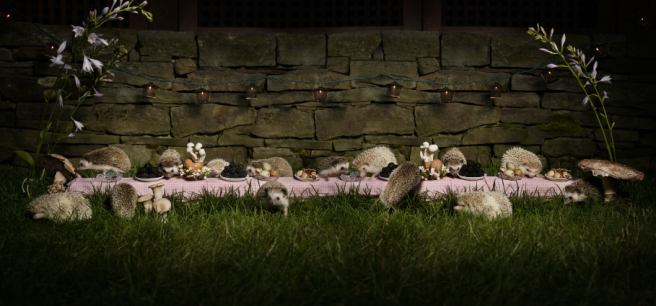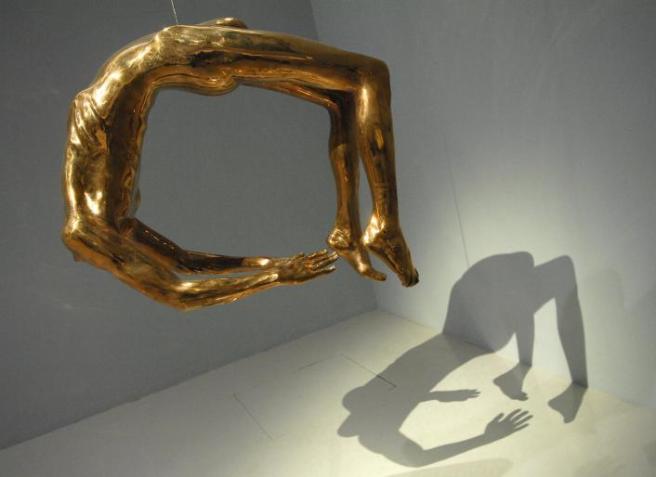
Tomorrow I arrive in Hammerfest to begin my residency in the Arctic. I will be studying Norwegian myths and stories, including legends from the Sami people. Traditionally a nomadic culture with an economy that centers around reindeer herding and harvesting, the Sami are the only indigenous people recognized and protected in Scandinavia. I’ll be staying in Lapland, where many Sami still make their living off the land.
However, like Native Americans living in America, the Sami aren’t some ancient tribe that exists in a time capsule. Many Sami lead thoroughly modern lives, while others combine elements of twenty-first century technology with ancient customs, beliefs, and practices. Admittedly, I’m still learning about their culture (and I hope to learn a lot more) but from everything I’ve read, Sami society, literature, and art seems utterly fascinating.

Today, I spent a few hours in Tromsø at the Center for Contemporary Art. There was an arresting exhibit of video art on view by Uzbek filmmaker Saodat Ismailova about the extermination of the Turkistan Tiger. While I was there, I also picked up a book on contemporary Sami art. This book featured works by Britta Marakatt-Laba, a Swedish artist who makes abstract yet precise images of her northern landscape. I love embroidery art (I love any “feminine” coded genre that transcends the purely decorative) and Britta’s pieces are so cool. Gestural. Tonal. She says a lot with thread and cloth.

Over the next month, I hope to feature more Scandinavian and Sami artists on my blog. It’s one of my many goals for this writer’s residency. Since I won’t be sharing my fiction (yet), I’m going to use my site as a place to highlight works by artists that are entirely new to me, like Britta.
 “My paintings and drawings say everything I want to say,” artist Helen Lundeberg once famously said. I’ve got a lot of thoughts about why her minimalist work is so visually appealing, but since she since she was a lady of few words, I’ll keep my commentary short, too.
“My paintings and drawings say everything I want to say,” artist Helen Lundeberg once famously said. I’ve got a lot of thoughts about why her minimalist work is so visually appealing, but since she since she was a lady of few words, I’ll keep my commentary short, too. Here is a painting that made me go YAS QUEEN:
Here is a painting that made me go YAS QUEEN:  I’m HERE FOR IT, Helen Lundeberg!
I’m HERE FOR IT, Helen Lundeberg!  If you’re a New Yorker (which you probably aren’t since my blog is weirdly popular in Finland and Portugal but not NYC) go see her work at the
If you’re a New Yorker (which you probably aren’t since my blog is weirdly popular in Finland and Portugal but not NYC) go see her work at the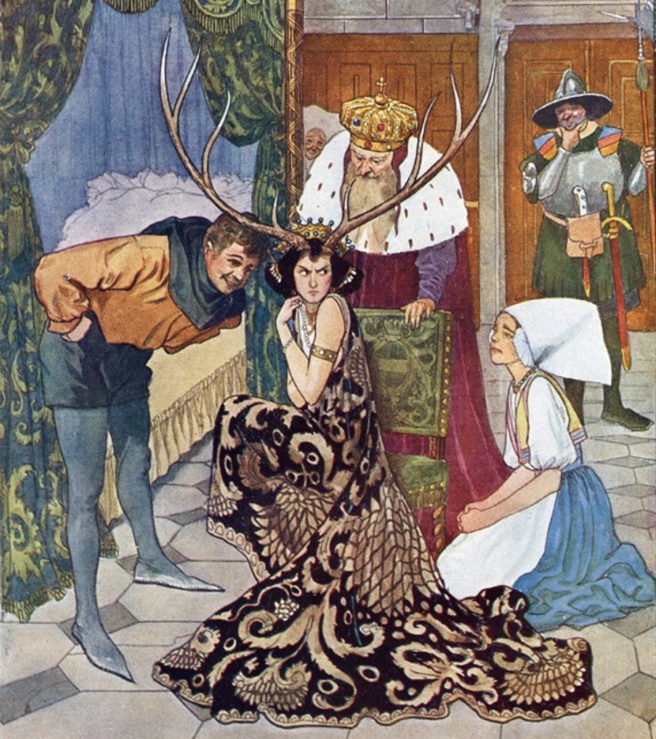 Except I’d like to be a little less angry. She looks pissed.
Except I’d like to be a little less angry. She looks pissed.